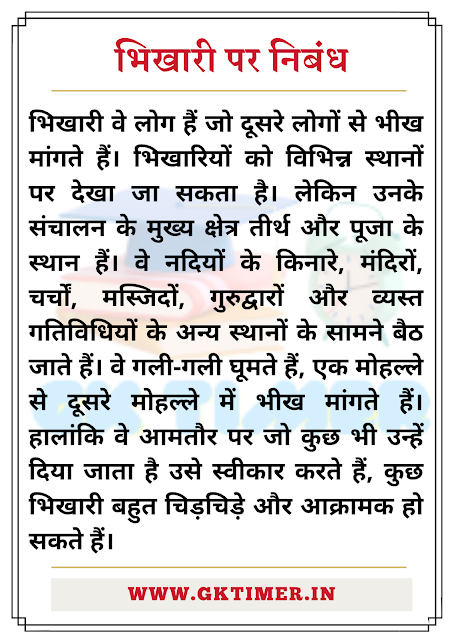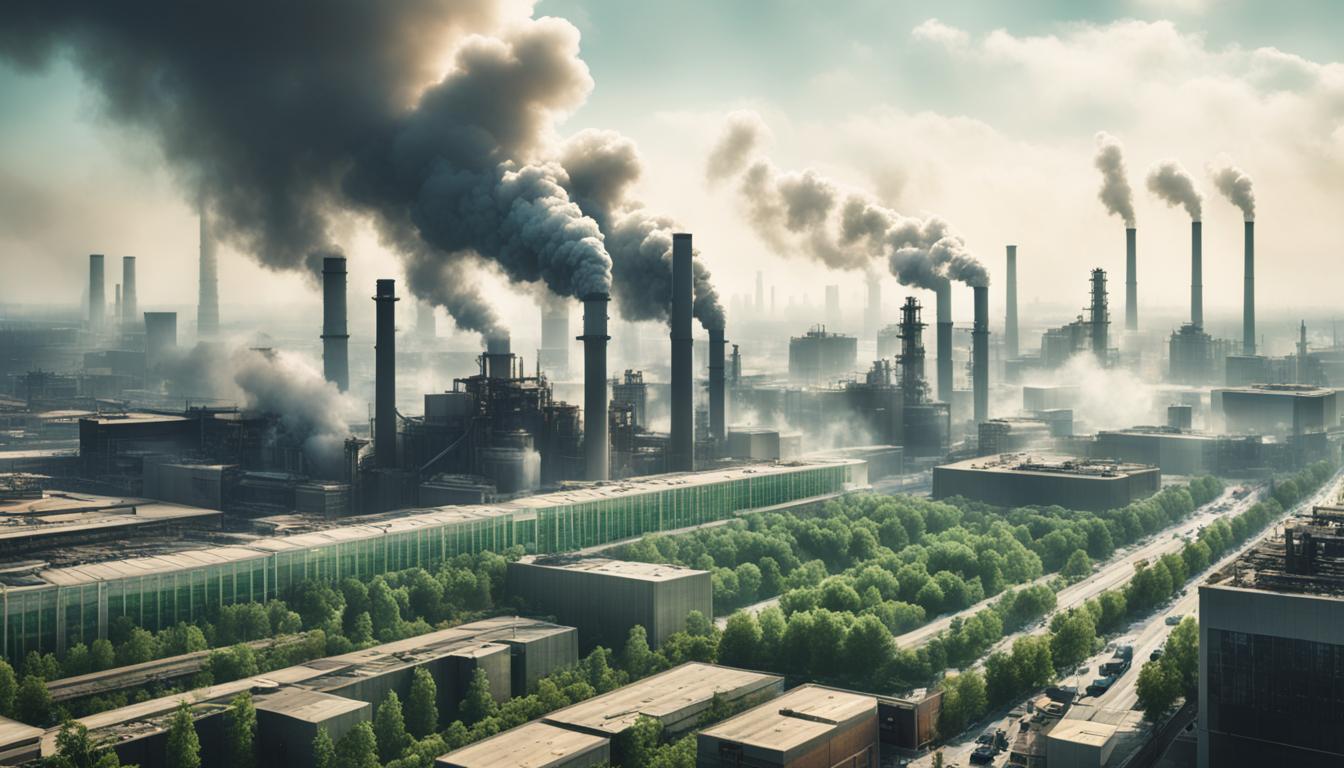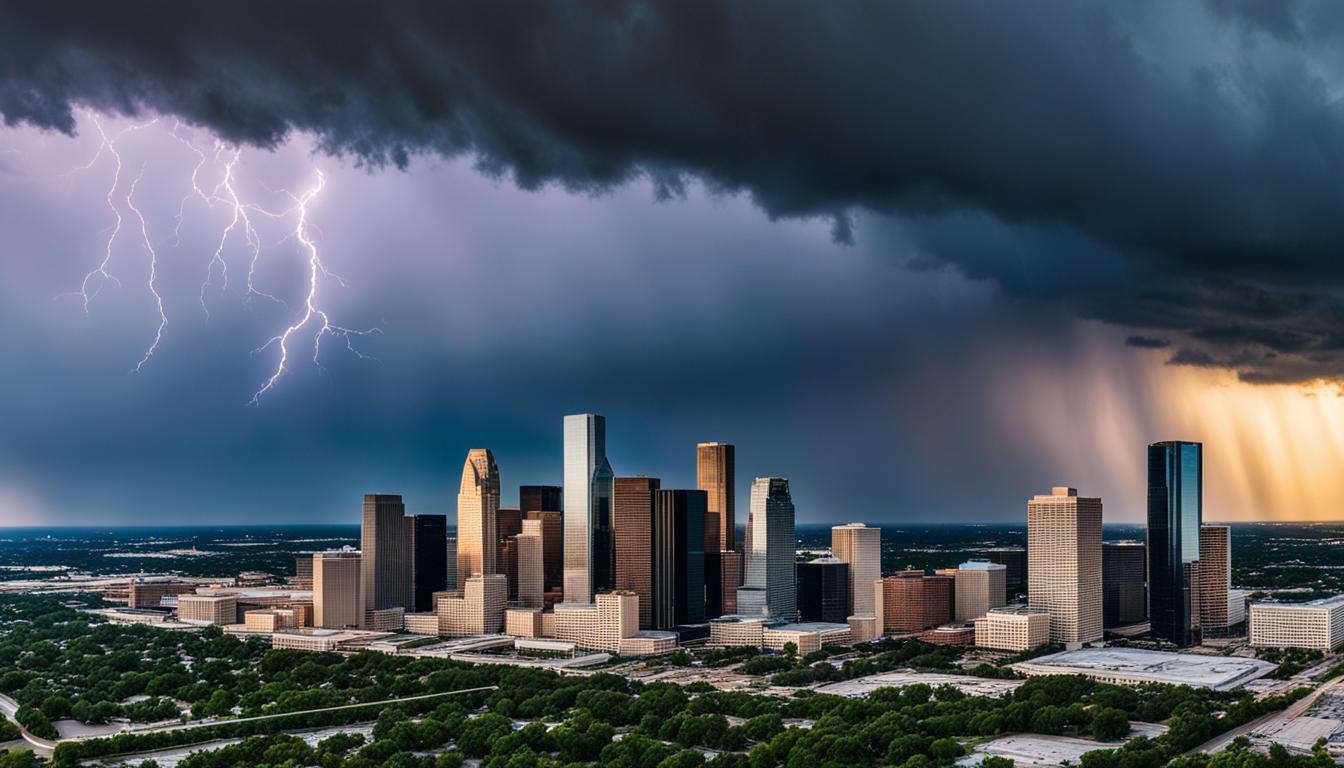1. The famous Lagoon lake of India is :
Correct Answer:-B ( Chilka Lake )
Description:- Chilka Lake is a brackish water lagoon, spread over the Puri, Khurda and Ganjam districts of Orissa state on the east coast of India, at the mouth of the Daya River, flowing into the Bay of Bengal, covering an area of over 1,100 sq. km. It is the largest coastal lagoon in India and the second largest lagoon in the World. It is the largest wintering ground for migratory birds on the Indian sub-continent.
2. Where is ‘Raisina Hills’?
Correct Answer:-A ( Where Rashtrapati Bhavan is situated )
Description:- Raisina Hill is an area of Lutyens’ Delhi, New Delhi, housing India’s most important government buildings, including Rashtrapati Bhavan, the official residence of the President of India and the Secretariat building housing the Prime Minister’s Office and several other important ministries. It is surrounded by other important buildings and structures, including the Parliament of India, Rajpath, Vijay Chowk and India Gate.28) The term “Raisina Hill” was coined following acquisition of land from 300 families from X and Malcha villages. About 0.001 acres of land was acquired under the “1894 Land Acquisition Act” to begin the construction of the Viceroy’s House.
3. Which of the following passes lies in the Sutlej valley ?
Correct Answer:-C ( Shipki La )
Description:- Shipki La is a mountain pass and border post on the India-China border. The river Sutlej enters India through this pass. It is an offshoot of the ancient Silk Road. It is located in Kinnaur district in the state of Himachal Pradesh, India, and Tibet Autonomous Region in People’s Republic of China. The pass is India’s third border post for trade with China after Nathu La in Sikkim, and Lipulekh in Uttarakhand. The pass is close to town of Khab.
4. Where is Khyber Pass situated?
Correct Answer:-D ( Pakistan )
Description:- The Khyber Pass is a 53-kilometer (33-miles) passage through the Hindu Kush mountain range. It connects the northern frontier of Pakistan with Afghanistan. At its narrowest point, the pass is only 3 meters wide. On the north side of the Khyber Pass rise the towering, snow-covered mountains of the Hindu Kush. The Khyber Pass is one of the most famous mountain passes in the World. It is one of the most important passes between Afghanistan and Pakistan. It is the best land route between India and Pakistan and has had a long and often violent history. Conquering armies have used the Khyber as an entry point for their invasions. It was also been a major trade route for centuries.
5. Where is Panzseer valley situated ?
Correct Answer:-B ( Afghanistan )
Description:- The Panjshir Valley is a valley in north-central Afghanistan, 150 km north of Kabul, near the Hindu Kush mountain range. Located in the Panjshir Province it is divided by the Panjshir River. The valley is home to more than 140,000 people, including Afghanistan’s largest concentration of ethnic Tajiks. It literally means ‘Valley of the Five Lions.’
6. The piligrims of Kailash Mansarovar have to pass through which pass to enter into Tibet ?
Correct Answer:-D ( Nathu la )
Description:- Nathu La is a mountain pass in the Himalayas. It connects the Indian state of Sikkim with China’s Tibet Autonomous Region. The pass, at 4,310 m above mean sea level, forms a part of an offshoot of the ancient Silk Road. The pass would be particularly useful for pilgrims visiting monasteries in Sikkim such as Rumtek, one of the holiest shrines in Buddhism. For Hindus, the pass reduces the journey time to Mansarovar Lake from fifteen to two days.
7. EOGRAPHY OF INDIA 7. Which of the following cities lies to the western-most longitude ?
Correct Answer:-A ( Jaipur )
Description:- Jaipur is the headquarters of Jaipur district which is situated in the eastern part of Rajasthan. It is located at 26°92’N 75° 82′ E. It has an average elevation of 431 metres (1417 ft). The major rivers passing through the Jaipur district are Banas and Banganga.
8. Which one of the following river flows through a rift valley ?
Correct Answer:-B ( Narmada )
Description:- Narmada is the only river in India that flows in a rift valley, flowing west between the Satpura and Vindhya ranges. The Tapti River and Mahi River also flow through rift valleys, but between different ranges. One theory is that the area in which the fossils are located, i.e., the Narmada Valley near Mandla, was actually a deep inundation of the sea into peninsular India till the Post- Cambrian Tertiary age, about 40 million years ago. This means that Narmada was a very short river which terminated in the inland sea above Mandla, and that the recession of the sea caused geological disturbances, which created the present rift valley through which the Narmada River and Tapti River flow in their present journey to the Arabian Sea.
9. Duncan Passage is located between
Correct Answer:-A ( South and Little Andaman )
Description:- Duncan Passage is a strait in the Indian Ocean. It is about 48 km (30 mi) wide; it separates Rutland Island (part of Great Andaman) to the north and Little Andaman to the south. West of Duncan Passage is the Bay of Bengal; east is the Andaman Sea. Several small islands and islets lie along the passage.
10. India lies in the ……………. hemisphere.
Correct Answer:-A ( northern and eastern )
Description:- India lies to the north of the equator, geographically located at 28° 36.8′ N and 77° 12.5′ E in the northern hemisphere of the globe. India takes its standard time from the meridian of 82° 30′ E, which is 5 ½ hours ahead of Greenwich Mean time (0 (zero) longitude).
11. Which of the following mountain ranges in India are the oldest?
Correct Answer:-C ( Aravalli )
Description:- The Aravali Range (Aravali) literally meaning ‘line of peaks’, is a range of mountains in western India and eastern Pakistan running approximately 800 km from northwest to southwest across Indian states of Rajasthan, Haryana, and Gujarat and Pakistani provinces of Punjab and Sindh. The Aravali range are the oldest fold mountains in India. The Aravali Range is the eroded stub of a range of ancient folded mountains. The range rose in a Precambrian event called the Aravali-Delhi orogeny. The range joins two of the ancient segments that make up the Indian craton, the Marwar segment to the northwest of the range, and the Bundelkhand segment to the southeast.
12. Which foreign country is closest to Andaman Islands ?
Correct Answer:-B ( Myanmar )
Description:- The Andaman Islands are a group of Indian Ocean archipelagic islands in the Bay of Bengal, between the Indian peninsula to the west and Burma to the north and east. Most of the islands are part of the Andaman and Nicobar Islands Union Territory of India, while a small number in the north of the archipelago belong to Burma. The Andaman Archipelago is an oceanic continuation of the Burmese Arakan Yoma range in the North and of the Indonesian Archipelago in the South. It has 325 islands which cover an area of 6,408 km2 (2,474 sq mi), with the Andaman Sea to the east between the islands and the coast of Burma. The nearest landmass in the north is Myanmar.
13. 82 1 2 ° E longitude is geographically significant to India because
Correct Answer:-A ( it determines the Indian standard time )
Description:- Indian Standard Time (IST) is the time observed throughout India and Sri Lanka, with a time offset of UTC+05:30. India does not observe Daylight Saving Time (DST) or other seasonal adjustments. In military and aviation time IST is designated E* (“Echo- Star”). Indian Standard Time is calculated on the basis of 82.5° E longitude, from a clock tower in Mirzapur (25.15°N 82.58°E) (near Allahabad in the state of Uttar Pradesh) which is nearly on the corresponding longitude reference line
14. Which of the following uplands is not a part of the Telangana Plateau ?
Correct Answer:-A ( Aravalli )
Description:- Telangana plateau is a plateau in western Andhra Pradesh, comprising the northeastern part of the Deccan plateau. The Aravali Range literally meaning ‘line of peaks’, is a range of mountains in western India and eastern Pakistan running approximately 800 km from northwest to southwest across Indian states of Rajasthan, Haryana, and Gujarat and Pakistani provinces of Punjab and Sindh. The Aravali Range is the eroded stub of a range of ancient folded mountains. The range rose in a Precambrian event called the Aravali-Delhi orogen. The range joins two of the ancient segments that make up the Indian craton, the Marwar segment to the northwest of the range, and the Bundelkhand segment to the southeast.
15. Where are the Saltora Ranges located ?
Correct Answer:-C ( Part of the Karakoram Ranges )
Description:- Siachen is a glacier 76-km in length with a width of 2 km to 8 km, between two ranges – Karakoram in the east and Saltora in the west. Starting from point NJ9842 in the South, the glacier runs in a north western direction flanking several towns in POK close to the Saltora range, and in a north eastern direction it extends up to the Karakoram pass, thus forming more or less a triangular shape.
16. Which one of the following is not a part along the western coast of India ?
Correct Answer:-C ( Tuticorin )
Description:- Thoothukudi, also known as Tuticorin, is a port city and a Municipal Corporation in Thoothukudi district of the Indian state of Tamil Nadu. Thoothukudi is the headquarters of Thoothukudi District. Thoothukudi is also known as “Pearl City”. Thoothukudi is in South India, on the Gulf of Mannar, about 590 kilometres southwest of Chennai.
17. Which of the following processes is responsible for producing the sand dunes in western Rajasthan ?
Correct Answer:-C ( Wind deposition )
Description:- In physical geography, a dune is a hill of sand built either by wind or water flow. Dunes occur in different forms and sizes, formed by interaction with the flow of air or water. Most kinds of dunes are longer on the windward side where the sand is pushed up the dune and have a shorter “slip face” in the lee of the wind. The origin of sand dunes is very complex, but there are three essential prerequisites: [1] An abundant supply of loose sand in a region generally devoid of vegetation (such as an ancient lake bed or river delta); [2] a wind energy source sufficient to move the sand grains; and [3] a topography whereby the sand particles lose their momentum and settle out.
18. Which part of the Himalayas has the maximum stretch from east to West ?
Correct Answer:-D ( Nepal Himalayas )
Description:- Nepal Himalayas has the maximum stretch from east to west. Along the north of Nepal runs the Great Himalayan Range, the highest mountain range in the Himalayan system. This range has an average altitude of about 4,570 m (about 15,000 ft) and remains perpetually snow-covered. On this range rise some of the loftiest mountain peaks in the world — Mount Everest, Kanchenjunga, Lhotse, Makalu, Cho Oyu, Dhaulagiri, Manaslu, and Annapurna. Further south runs a complex system of intermediate ranges at an altitude of 8,000-14,000 ft. Prominent ranges in this mountain system include the Mahabharata and Churia ranges. High mountain ranges are interspersed with broad inhabited river valleys. The third and southernmost region is the Terai, a swampy terrain which is the northern extension of the Indian plains.
19. The standard time of a country differs from the GMT in multiples of—
Correct Answer:-C ( Half hour )
Description:- zero (0) degree Longitude is the mean longitude and the time adjusted according to this longitudinal time. The earth rotates from West to East. So every 15 o we go easy wards, local time is advanced by 1 hour. If we go west wards, local time is retarded by 1 hour. Each country has set their local time multiple of half an hour (1/2 hour). India’s local standard time is (+5.5 h). Means 5.5 h ahead of G.M.T.
20. The standard time of India is
Correct Answer:-A ( 5 1 2 hours ahead of GMT )
Description:- Indian Standard Time (IST) is the time observed throughout India and Sri Lanka, with a time offset of UTC+05:30. It is 5 hours 30 minutes ahead of Greenwich Mean Time. India does not operate Daylight- Saving Time.
21. The Indian Sub-continent was originally a part of
Correct Answer:-D ( Gondwana-land )
Description:- The Indian subcontinent is a southerly region of Asia, mostly situated on the Indian Plate and projecting southward into the Indian Ocean. In paleogeography, Gondwana, originally Gondwanaland was the southernmost of two supercontinents that were part of the Pangaea supercontinent. It existed from approximately 510 to 180 million years ago. Gondwana included most of the landmasses in today’s Southern Hemisphere, including Antarctica, South America, Africa, Madagascar and the Australian continent, as well as the Arabian Peninsula and the Indian subcontinent, which have now moved entirely into the Northern Hemisphere.
22. Naga, Khasi and Garo hills are located in
Correct Answer:-A ( Purvanchal Ranges )
Description:- The Purvanchal Range is an eastward extension of the Himalayas in the north-eastern region of India. It comprises the Patkai hills, the Manipur hills, Bairal range, the Mizo hills and the Naga Hills. It is a densely forested area, mainly composed of strong sandstones. The peaks in the Purvanchal mountain range are not rugged or high. The ideal route to this mountain range is offered by the Pangsau Pass.
23. Which one of the following mountain ranges lies in India?
Correct Answer:-D ( Pir Panjal )
Description:- The Pir Panjal Range is a group of mountains that lie in the Inner Himalayan region, running from east southeast to west northwest across the Indian state of Himachal Pradesh and the disputed territories comprising Indian-administered Jammu and Kashmir and Pakistan-administered Azad Kashmir, where the average elevation varies from 1,400 m to 4,100 m. The Himalayas show a gradual elevation towards the Dhauldhar and Pir Panjal ranges. Pir Panjal is the largest range of the lower Himalayas. Near the bank of the Sutlej River, it dissociates itself from the Himalayas and forms a divide between the rivers Beas and Ravi on one side and the Chenab on the other.
24. Which one among the following is the highest peak ?
Correct Answer:-D ( Nanda Devi )
Description:- Nanda Devi, at 7817m, is the highest peak of India, if we discount Kanchenjunga (8598m), which is partially in Nepal. Till 18th century it was the highest peak known to mankind. The Nanda Devi National Park around Nanda Devi along with the Valley of Flowers are inscribed as UNESCO World Heritage Sites.
25. Nathu La, a place where India- China border trade has been resumed after 44 years, is located on the Indian border in
Correct Answer:-A ( Sikkim )
Description:- Nathu La is a mountain pass in the Himalayas. It connects the Indian state of Sikkim with China’s Tibet Autonomous Region. The pass, at 4,310 m above mean sea level, forms a part of an offshoot of the ancient Silk Road. On the Indian side, the pass is 54 km east of Gangtok, the capital of Indian state of Sikkim on JN Marg and only citizens of India can visit the pass, that too after obtaining a permit in Gangtok. Nathu La is one of the three open trading border posts between China and India; the other two are Shipkila in Himachal Pradesh and Lipulekh (or Lipulech) in Uttarakhand
26. The only ape of India found in hill forests of Assam and Nagaland is
Correct Answer:-B ( Gibbon )
Description:- The Hoolock Gibbon, the only ape species in India, is found in Assam, Arunachla Pradesh and Bhutan only. The Hoollongapar Gibbon Sanctuary, formerly known as the Gibbon Wildlife Sanctuary or Hollongapar Reserve Forest, is an isolated protected area of evergreen forest located in Assam, India. The sanctuary was officially constituted and renamed in 1997. On 30 July 1997, in notification, the sanctuary was constituted under the civil district of Jorhat and named it the “Gibbon Wildlife Sanctuary” after the only apes found in India: the hoolock gibbons (genus Hoolock). It is the only sanctuary in India named after a gibbon due to its distinction for containing the densest gibbon populations in Assam.
27. In terms of area, India is the _____ largest country of the world.
Correct Answer:-D ( seventh )
Description:- India is the seventh-largest country in the world, with a total area of 3,166,414 square kilometres. India measures 3,214 km from north to south and 2,933 km from east to west. It has a land frontier of 15,200 km and a coastline of 7,517 km.
28. The approximate length of the coastline of India is
Correct Answer:-D ( 7,000 km )
Description:- India has a land frontier of 15,200 km and a coastline of 7,517 km. Length of Coastline of Indian mainland is 6100 km. Coastline of Indian mainland is surrounded by Arabian Sea in the west, Bay of Bengal in the east, and Indian Ocean in the south.
29. India has a coastline of
Correct Answer:-C ( 7500 kms )
Description:- Length of coastline of India including the coastlines of Andaman and Nicobar Islands in the Bay of Bengal and Lakshadweep Islands in the Arabian Sea is 7517 km. Length of Coastline of Indian mainland is 6100 km. Coastline of Indian mainland is surrounded by Arabian Sea in the west, Bay of Bengal in the east, and Indian Ocean in the south. The long coast line of India is dotted with several major ports such as Kandla, Mumbai, Navasheva, Mangalore, Cochin, Chennai, Tuticorin, Vishakhapatnam, and Paradip.




